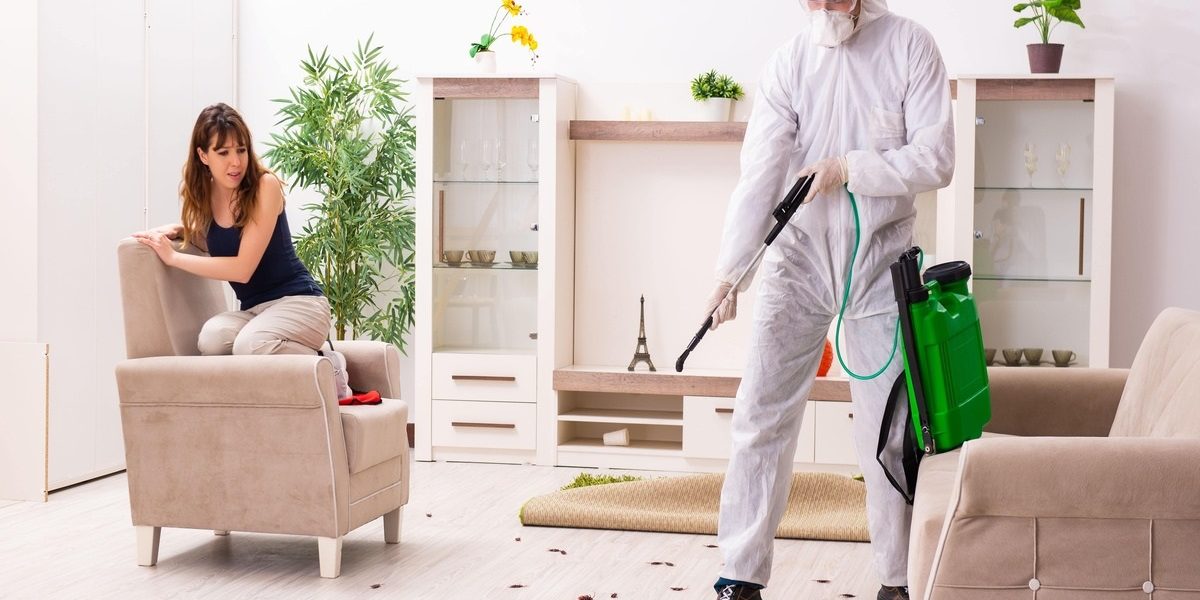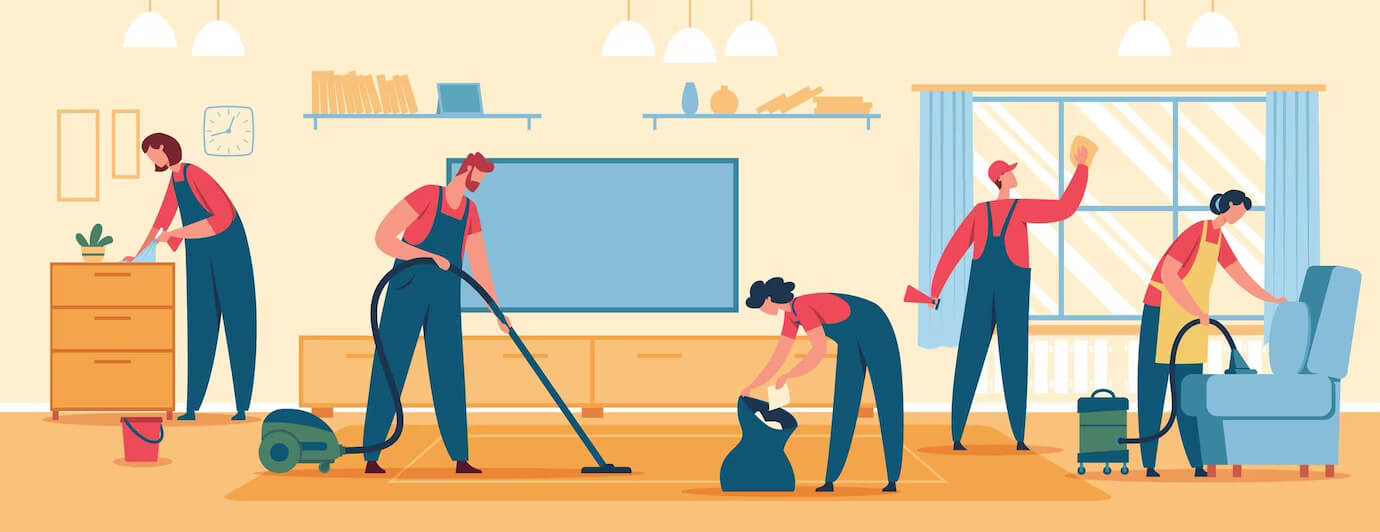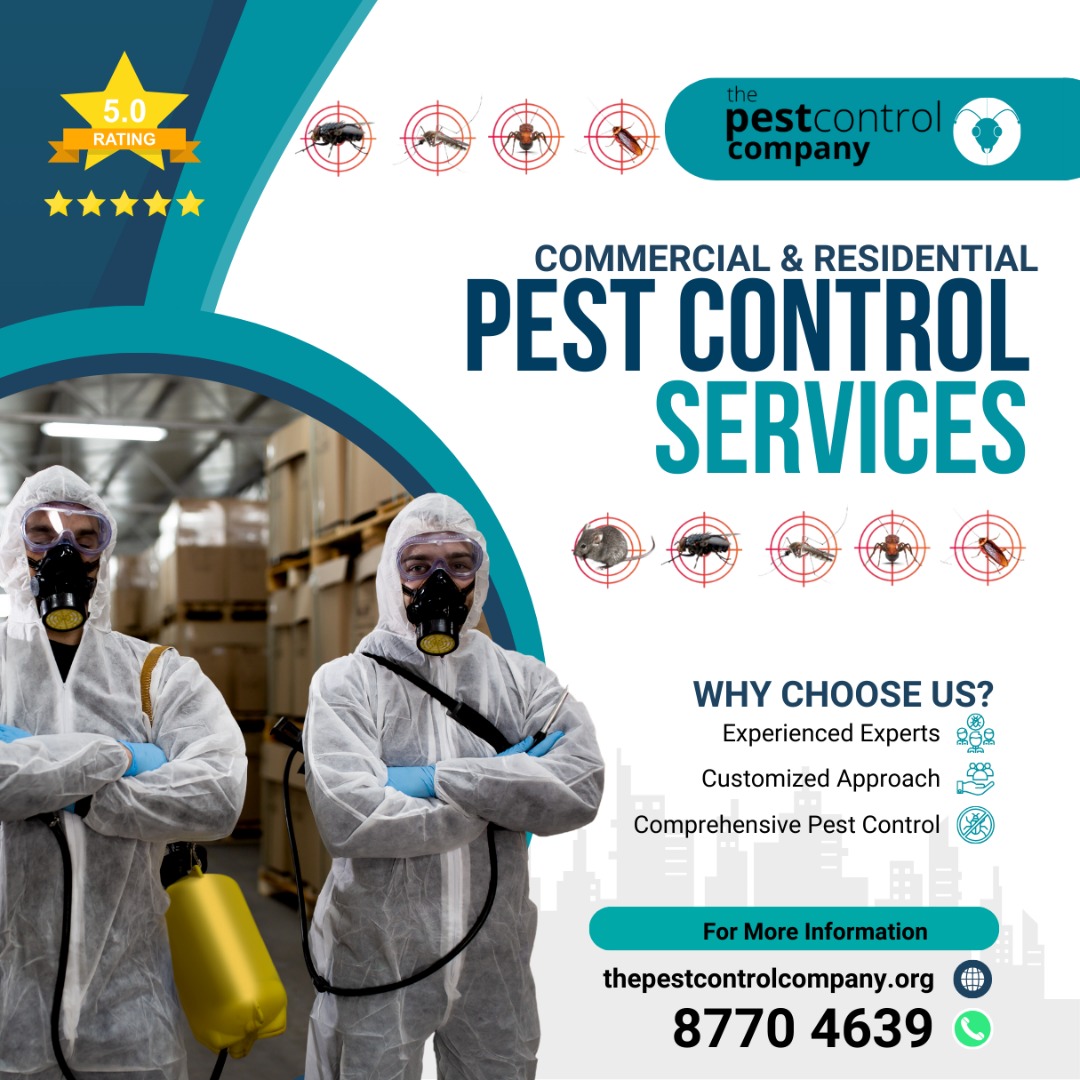Pest Control: Keeping Your Home Safe and Clean from Unwanted Intruders
Part 1: Understanding Pests — The Silent Invaders
Introduction to Pests: The Common Intruders
Pests are more than just an inconvenience. They can cause significant damage to your home, health, and even your peace of mind. In this first part, we’ll dive into the world of pests — who they are, why they invade your home, and the potential harm they can cause.
Pests are organisms that are not only unwanted but can also be harmful to your property, health, and environment. These include insects, rodents, birds, and even larger wildlife. Although they are essential parts of ecosystems, when they invade homes, they can cause various issues ranging from property damage to disease transmission.
Types of Common Household Pests
Pests can be broadly categorized into insects, rodents, and larger wildlife. Each type has different behaviors, but all have one thing in common: they seek shelter, food, and water. Understanding the most common pests can help homeowners better prepare for and prevent infestations.
Insects
-
Ants: One of the most common and widespread pests, ants invade homes in search of food. They can infest kitchens and pantries, leaving trails that are hard to eradicate.
-
Cockroaches: These are notorious for thriving in dark, damp environments. Cockroaches can spread diseases such as salmonella and gastroenteritis.
-
Termites: Termites are silent destroyers. They feed on wood and can cause severe damage to the structure of your home before you even notice they are there.
-
Bedbugs: These tiny pests live in mattresses, bed frames, and even furniture, feeding on human blood. They are often found in areas with high human traffic, such as hotels and apartments.
-
Fleas: Fleas are typically carried by pets but can infest homes and cause discomfort to humans as well. Their bites can lead to allergic reactions and transmit diseases.
-
Mosquitoes: Mosquitoes can be both an outdoor nuisance and an indoor health threat. They are known to transmit diseases like malaria, dengue, and Zika virus.
Rodents
-
Mice: Mice are opportunistic pests that invade homes for food, warmth, and shelter. They can chew through walls and electrical wires, leading to structural damage and fire hazards.
-
Rats: Larger than mice, rats can cause severe property damage and are known carriers of several diseases, including leptospirosis and rat-bite fever.
Birds
-
Pigeons: Often found in urban areas, pigeons are notorious for nesting on rooftops, in gutters, and in chimneys. Their droppings can corrode building materials and pose health risks.
-
Sparrows and Starlings: These smaller birds often nest in attics or vents, leading to blockages and droppings that can carry diseases.
Larger Pests
-
Squirrels: Squirrels often enter attics and cause damage to insulation, wiring, and wood. They may also bring parasites into your home, such as fleas and ticks.
-
Raccoons: Raccoons are known for invading homes through attic vents, chimneys, or any gap they can find. They are extremely destructive and carry parasites such as mites and fleas.

Pest-Control-Service-by-Hybrid-Pest-Control-in-Midvale
Why Pests Invade Homes
Pests are attracted to homes for various reasons, primarily driven by their need for food, water, and shelter. Understanding the motivations behind their intrusion can help in preventing infestations.
Food Availability
Food is one of the main drivers behind pest invasions. Kitchens and pantries provide ample opportunities for pests to find nourishment. If food is left out, spilled, or not properly sealed, pests like ants and cockroaches will be drawn to it. Moreover, improperly stored food or crumbs can attract rodents, which will gnaw on anything they can find.
Water Sources
Pests need water just like humans do, and homes often provide abundant moisture. Leaky pipes, standing water in sinks, bathrooms, and even pet water bowls create a thriving environment for pests. Rodents and insects often infest areas with high moisture levels, including bathrooms, kitchens, and basements.
Shelter and Warmth
Homes are the perfect environment for pests, especially in colder weather. As temperatures drop outside, pests will look for a warm place to nest. This is why autumn and winter are common times for rodents, like mice and rats, to move into homes.
Potential Risks of Having Pests
Pests are not just a nuisance; they can cause a variety of problems ranging from health issues to property damage.
Health Risks
Pests can carry diseases that they transmit to humans through contact, droppings, or bites. Cockroaches, for example, are known to spread harmful bacteria like E. coli and salmonella. Rodents, particularly rats, are notorious for spreading diseases like leptospirosis and hantavirus. Bedbugs, although not disease carriers, can cause severe skin irritation and allergic reactions.
Structural Damage
Pests like termites, carpenter ants, and rodents can cause extensive damage to the structure of your home. Termites, for example, eat wood, potentially causing structural weakening. Rodents like rats and mice chew on electrical wires, which can lead to electrical fires.
Food Contamination
Rodents, cockroaches, and ants can contaminate food by leaving droppings, urine, and other bodily fluids. This can make food unsafe for consumption, leading to potential health issues for the inhabitants of the home.
Part 2: How to Detect and Prevent Pest Infestations
Detecting Pests: Early Signs You Shouldn’t Ignore
Early detection is crucial in preventing a full-blown infestation. It’s much easier and cheaper to address pest problems in the early stages.
Signs of Pest Infestation
-
Droppings: One of the first signs of pests in your home is droppings. Mice and rats leave small dark droppings around food storage areas or where they travel. Cockroach droppings look like small black grains of rice or coffee grounds.
-
Gnaw Marks and Holes: Rodents and insects, such as termites, leave behind gnaw marks. Check walls, baseboards, and furniture for any damage or holes, especially near food sources.
-
Musty or Unusual Odors: If you notice a musty odor or an unusual smell in your home, it could be an indication of pests. This is especially common in cases of rodents or mold caused by pests.
-
Noise: If you hear scratching, scurrying, or squeaking sounds from your attic or walls, this is a common sign of rodent activity. Bedbugs may cause a slight rustling sound, especially when disturbed.
-
Visible Damage: Inspect areas like wooden beams, rafters, and furniture for signs of damage. Termites leave visible tunnels in wood, and carpenter ants leave piles of sawdust.

professional-home-cleaning-team-cleaners
Preventing Pests: Effective Methods to Keep Them Out
Prevention is always better than dealing with a full infestation. Here are several ways to protect your home from pests:
Seal Entry Points
The first line of defense is sealing entry points. Check around windows, doors, and foundations for gaps, cracks, or holes that pests could use to enter. Weatherproofing and adding door sweeps can significantly reduce the number of pests entering your home.
Proper Waste Management
Pests are often attracted to garbage and food waste. Always keep trash in sealed containers, and take out the garbage regularly. Clean up crumbs, food spills, and any food scraps in the kitchen immediately.
Moisture Control
Leaky pipes, standing water, and damp environments can attract pests. Ensure that any leaks are fixed promptly. Use dehumidifiers in damp areas, such as basements and bathrooms, to reduce the moisture levels in your home.
Declutter Your Home
Pests love to hide in cluttered areas. Keeping your home tidy and organized eliminates the hiding places for pests. Areas like attics, basements, and storage rooms are prime areas for pests to settle in if they are not properly organized.
Part 3: Professional Pest Control Solutions
When to Call a Professional
If your pest problem has escalated beyond what DIY methods can handle, it may be time to call a professional pest control service. Here are some signs that professional help is needed:
-
Severe Infestation: If you notice significant damage or a large number of pests, it is often too late to handle it yourself.
-
Health Issues: If your family is experiencing allergic reactions or health problems caused by pests, it’s time to seek expert help.
-
Reoccurring Problems: If pests keep coming back despite your efforts, a professional can identify and address the root cause of the issue.
What to Expect from Professional Pest Control Services
Professional pest control services follow a detailed process to ensure your home is thoroughly treated:
-
Inspection: The pest control technician will thoroughly inspect your property to identify the type of pests and assess the extent of the infestation.
-
Treatment Plan: Based on the inspection, a treatment plan will be created. This may involve traps, chemical treatments, eco-friendly solutions, or a combination of methods.
-
Follow-Up: Pest control experts typically offer follow-up visits to ensure the infestation is completely eradicated.
Eco-Friendly Pest Control Options
For homeowners concerned about the environmental impact of traditional pest control methods, there are eco-friendly options available:
-
Organic Sprays: Made from natural ingredients, these sprays are effective for controlling insects like ants and cockroaches.
-
Integrated Pest Management (IPM): IPM focuses on using a variety of pest control techniques, including biological, mechanical, and cultural methods, to minimize the use of chemicals.
-
Essential Oils: Some essential oils, such as peppermint and eucalyptus, act as natural repellents for many pests.
Conclusion
Pest control is an essential part of maintaining a safe, healthy, and comfortable home. Whether you’re dealing with insects, rodents, or larger pests, early detection and prevention can help you avoid significant damage and health risks. If you encounter a serious infestation, don’t hesitate to seek professional help. With the right approach, your home can remain pest-free and enjoyable for years to come.


